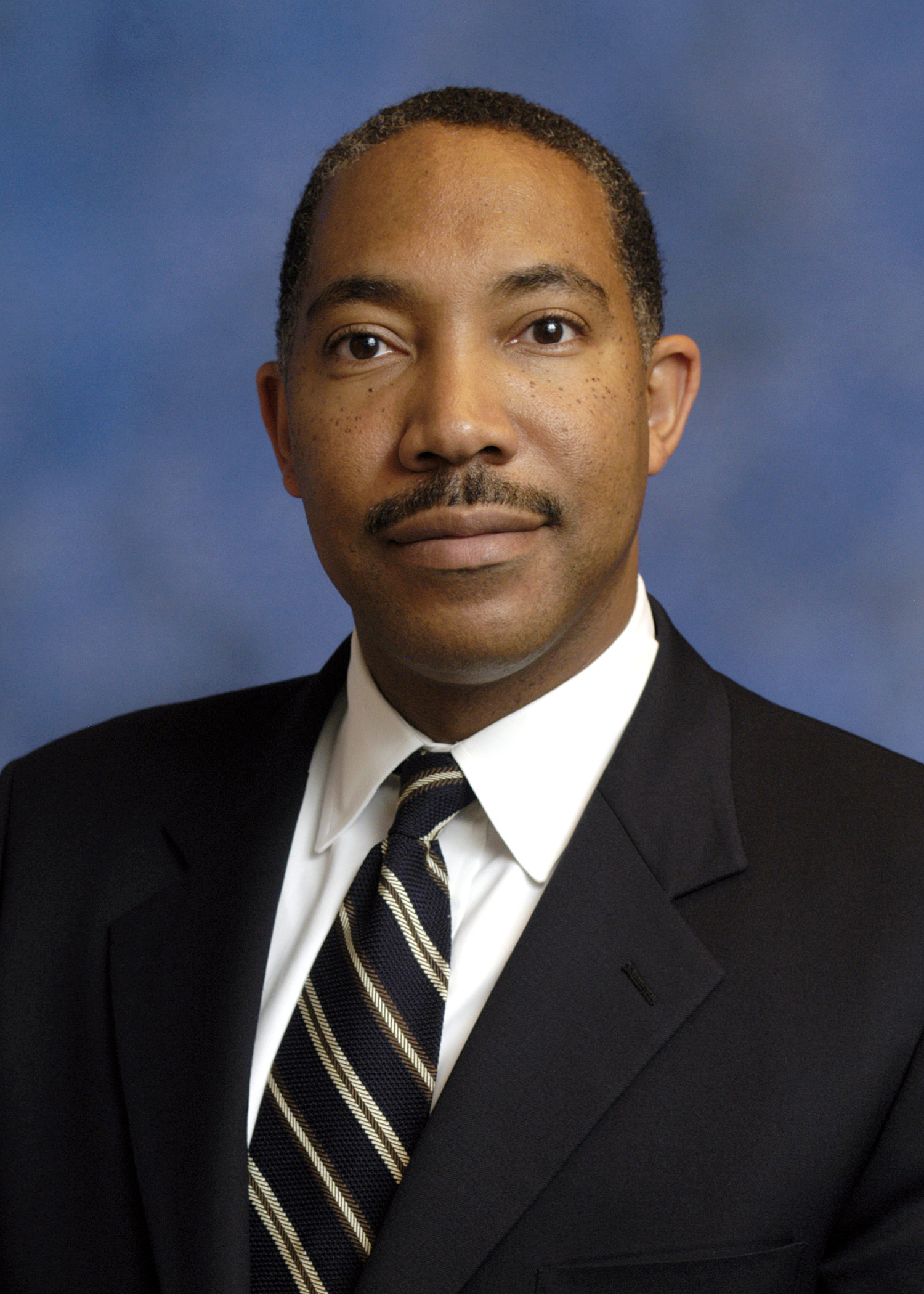Michael T. Rowan, president of health system delivery and COO of Denver, Colo.-based Catholic Health Initiatives, joined the 19-state-wide 105-hospital system in March 2004.
In this role, Mr. Rowan provides strategic direction and management oversight for all of CHI's locally-based healthcare services, clinical operations, national business lines, information technology and performance management.
As a leader of one of the nation's most extensive healthcare systems, Mr. Rowan offers an interesting perspective on the essential elements of creating successful clinically integrated networks of care, the increasing trend of emphasizing outpatient care and population health, as well as the defining traits of the best presidents of healthcare organizations.
Question: What do you see as the most exciting opportunity in healthcare today?
Michael Rowan: There's a great opportunity for hospital systems across the country to evolve into health systems, with clinically integrated networks across the entire continuum of care. Leaders must build out  the continuum of care to create networks that include hospitals, ambulatory care, home care, long-term care and employed physician groups. This is especially important as we transition from a system based on volume to one that is based on value. At CHI, we are becoming a true "health" system, focusing on population health as we care for more patients outside the walls of the hospital.
the continuum of care to create networks that include hospitals, ambulatory care, home care, long-term care and employed physician groups. This is especially important as we transition from a system based on volume to one that is based on value. At CHI, we are becoming a true "health" system, focusing on population health as we care for more patients outside the walls of the hospital.
Q: What skills and traits do the best healthcare organizations' presidents exhibit?
MR: The ability to create a high-performing executive team, the ability to identify and develop physician executives, to lead major change, to create partnerships and the ability to articulate a vision of the future.
Q: Can a system thrive in the long-term as a strong, large, regional system?
MR: Yes — if they have a dominant market share position and can evolve to create convenient, ambulatory care access points, as well as work with aligned physicians to develop a care model that provides good clinical outcomes at a low cost. CHI is developing these kinds of "super-regional networks" across its national enterprise, and now has six networks generating more than $2 billion in annual revenue, with two of those — Kentucky and Nebraska — representing the largest health systems in their states.
Q: How much movement are you seeing from inpatient to outpatient care?
MR: There is significant movement across the nation in this new emphasis or transition to outpatient care. We recognized that about six years ago, and established a long-term objective calling for 65 percent of all net patient service revenue to come from non-acute care services. That figure was in the mid-40s about five years ago. Today, it's about 55 percent as we move from being an organization that focuses on taking care of sick people to a health system focused on well-care — that is, keeping people healthy and out of hospitals. We believe this shift will continue.
Q: Is the method of integrating with physicians becoming more standardized across the country or is there still a great deal of variance?
MR: There is still a great deal of variance, and this is something that we absolutely need to change if we are going to provide high-quality care at lower costs across our national enterprise of 105 hospitals. We are moving as rapidly as we can to a more standardized alignment as we focus on clear strategy, operating metrics and the historic mission to improve the health of our communities. Over the last four years, CHI has more than doubled the number of employed physicians and advanced practice clinicians as we have developed 13 clinically integrated networks across the enterprise. That work involving integration with employed physicians will continue to evolve. At this point, we are now focused on affiliations with physicians through joint at-risk contracting to provide care to defined populations of patients. We think everyone involved — CHI, physicians and patients — will all benefit from this new care model that emphasizes prevention and wellness.

